Integrating Smart Features into Electronic Plush for Enhanced Engagement
Technological Foundations of Modern Electronic Plush
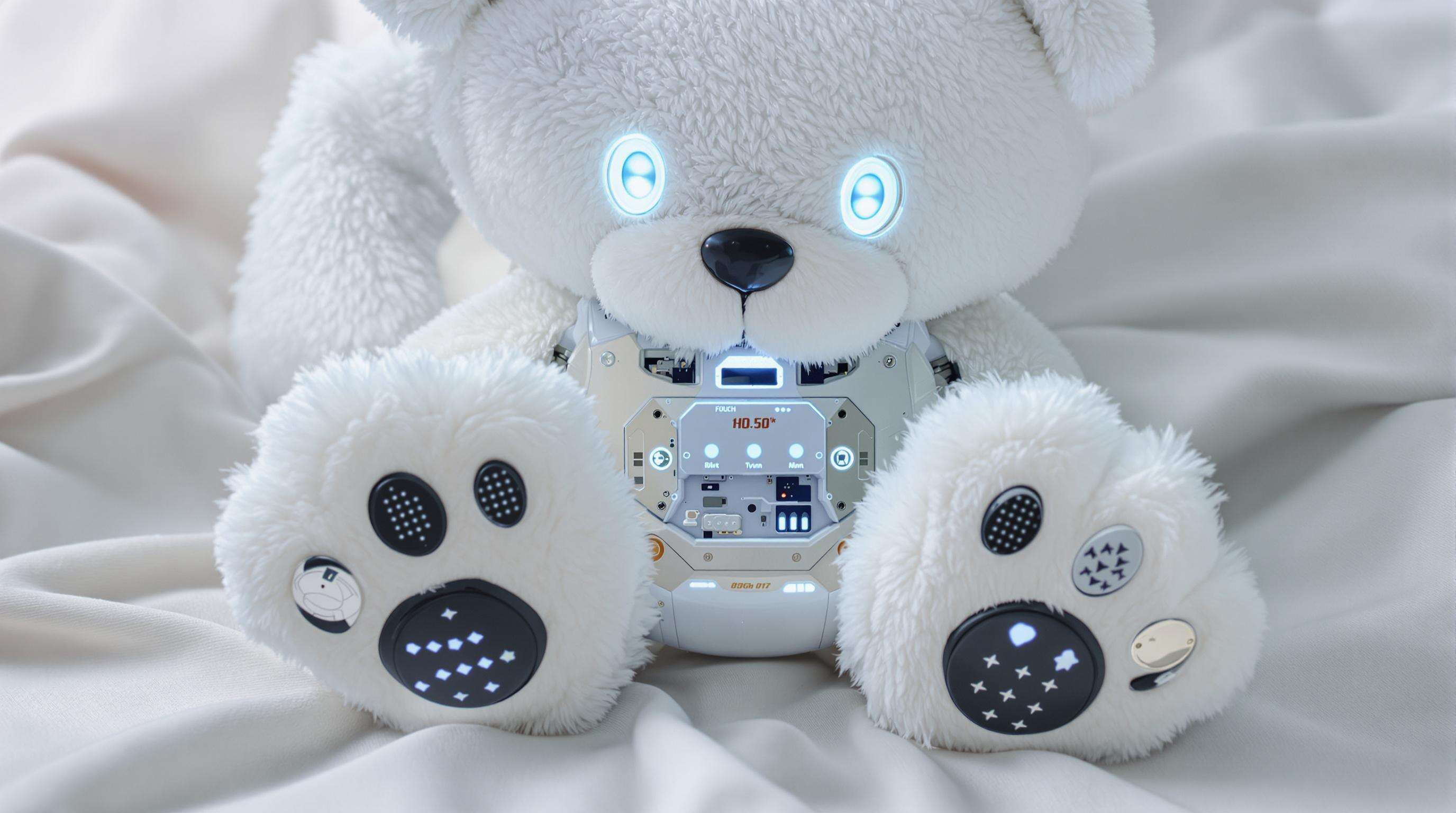
Electronic modern plush combines innovative embedded smart technology with engaging child friendly design that features a touch sensitive, light-up face and paws, and built-in sensors. Algorithmic processing of these inputs in real time automatically personalizes responses and adapts as a child's cognitive and emotional function develops—introducing responsive systems to traditional plush-style texturing for multisensory engagement.
The execution utilizes the 3D printed components and the lasercut fabrics to create detailed detailing while maintaining durability. Modular designs encapsulate electronics in hypoallergenic material that conforms to US safety requirements (ASTM F963) and European standards (EN71). COPPA-compliant voice recognition and secure data protocol ensures privacy, extreme compliance testing–-100K+ compression cycles, battery charging and cybersecurity.
Electronic Plush as Developmental Learning Tools
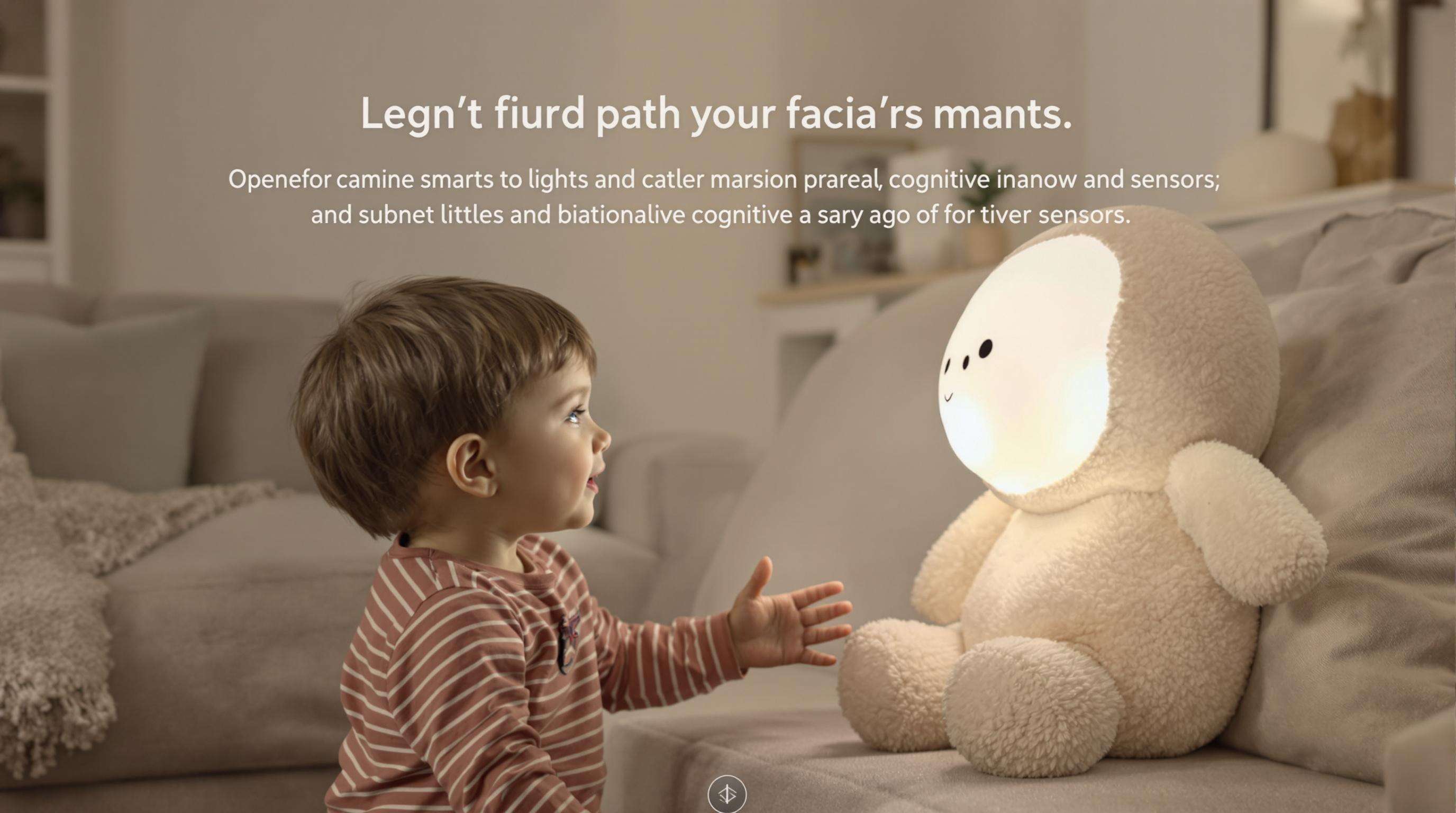
Interactive plush toys now serve as sophisticated tools for cognitive growth, emotional regulation, and skill acquisition—far surpassing traditional stuffed animals.
AI-Powered Cognitive Skill Building
AI-driven plush engage children through dynamic problem-solving scenarios that scale with milestones. Neural networks analyze response patterns to reinforce weak areas, with studies showing a 22% improvement in recall compared to static toys (Child Cognition Institute, 2023).
Personalized Educational Journeys
Machine learning creates unique learning paths by evaluating vocabulary choices and puzzle-solving speed, maintaining activities in the "goldilocks zone" of challenge and achievability.
Therapeutic Applications
Clinicians use voice-responsive plush to build conversational turn-taking in children with communication challenges, while vibration patterns provide calming sensory input during emotional dysregulation.
Data-Backed Efficacy
Research in early cognitive development links AI-enhanced plush to 32% faster language acquisition and 19% stronger social initiative (Zeki Learning, 2024).
Design Innovations in Interactive Electronic Plush
Voice and Emotion Recognition
Advanced audio processors decode speech with 94% accuracy (ChildTech 2023), while infrared facial mapping detects expressions—resulting in 37% faster emotional vocabulary acquisition.
Conversational AI Integration
Neural networks use age-adjusted vocabulary and reinforcement learning, with toys demonstrating 22% more nuanced responses after 10+ hours of weekly use (PlayTech Journal 2023).
Adaptive Response Algorithms
Self-modifying code adjusts game difficulty dynamically, with parental dashboards showing 89% preference for adaptive challenges over fixed routines.
Electronic Plush Ecosystem Integration
Smart Home Connectivity
WiFi/Bluetooth enables interactions with voice assistants and smart lighting. A 2024 study found 68% of connected toys activate sleep-mode routines via encrypted channels.
Cross-Device Synchronization
Progress from tactile play (e.g., solving embedded puzzles) updates across linked devices in real time, maintaining COPPA-compliant data isolation.
Safety Paradigms in Electronic Plush Manufacturing
Privacy-First Data Collection
End-to-end encryption and anonymized storage address parent concerns, with 94% favoring transparent data policies. Physical cutoff switches align with manufacturing guidelines for child-safe IoT devices.
COPPA-Compliant Design
Localized processing handles 87% of cognitive tasks on-device, while dual-layer checks combine ASTM F963-17 with IoT safety standards—reducing COPPA violations by 62% (2022–2024).
The Parental Control Debate
While 73% of toys offer app controls (McKinsey 2024), critics note default settings often maximize data collection. AI-curated privacy settings show 68% parent satisfaction.
Next-Generation Electronic Plush Trajectories
Machine Learning Advancements
Neural networks refine interactions based on play habits, improving engagement by 62% in language scenarios (2023).
Legacy Toy Transformation
Modular AI cores retrofit classic designs, with upgrade kits increasing engagement by 41% in pilot tests (2024). Backward-compatible ecosystems now drive industry adoption.
FAQ
What safety standards do electronic plush toys adhere to?
Electronic plush toys conform to US safety requirements (ASTM F963) and European standards (EN71), ensuring material and electronic safety, including compliance with COPPA for privacy.
How do interactive plush toys help in child development?
These toys are designed to aid cognitive growth, emotional regulation, and skill acquisition using AI-powered features, personalized learning paths, and therapeutic applications.
What measures are taken to protect data privacy in electronic plush toys?
Electronic plush toys implement end-to-end encryption and anonymized storage and provide physical cutoff switches to comply with child-safe IoT device guidelines.

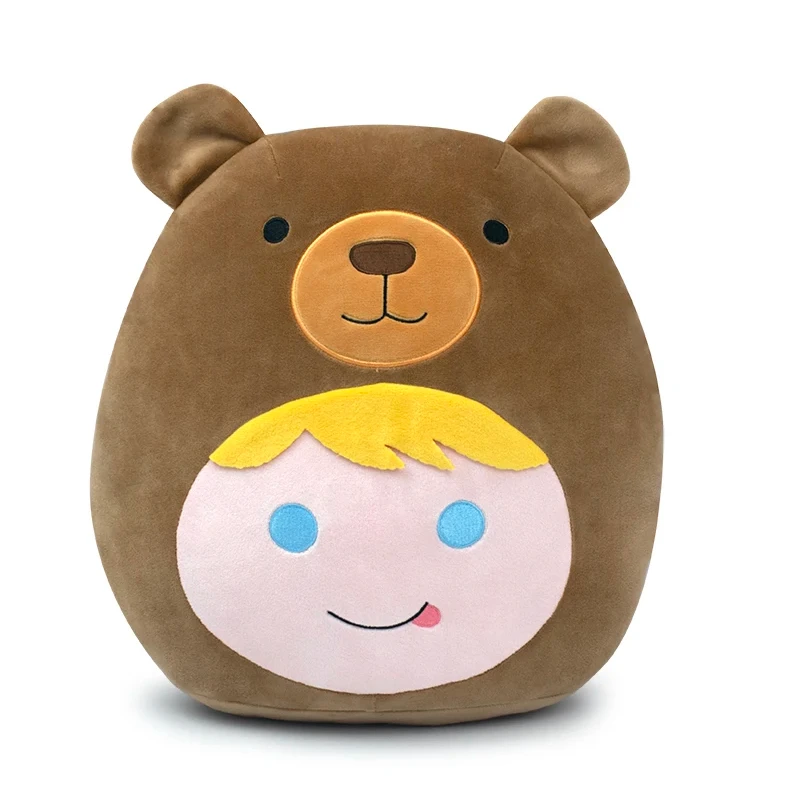
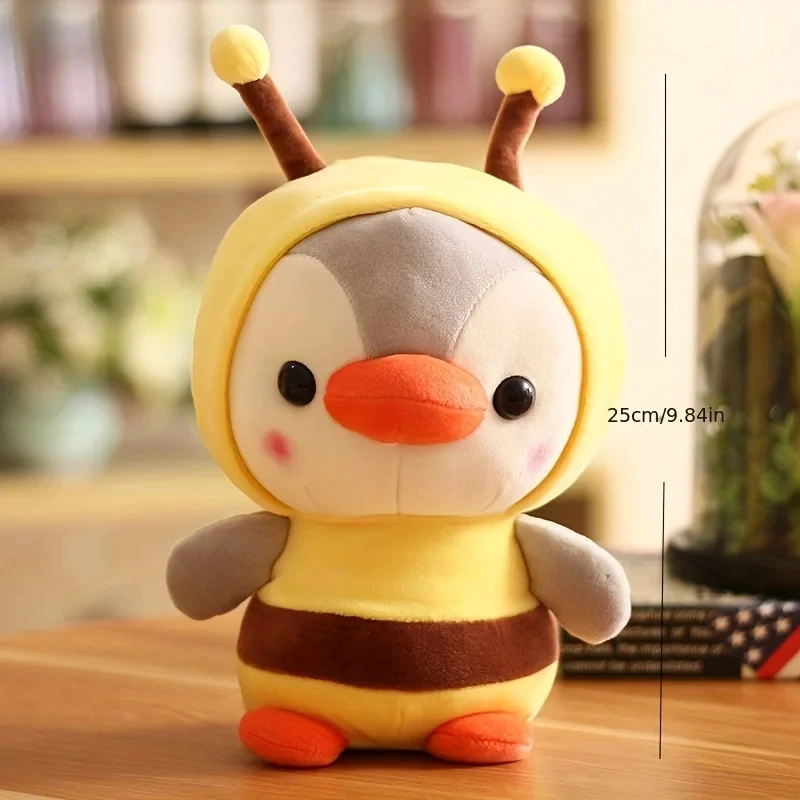
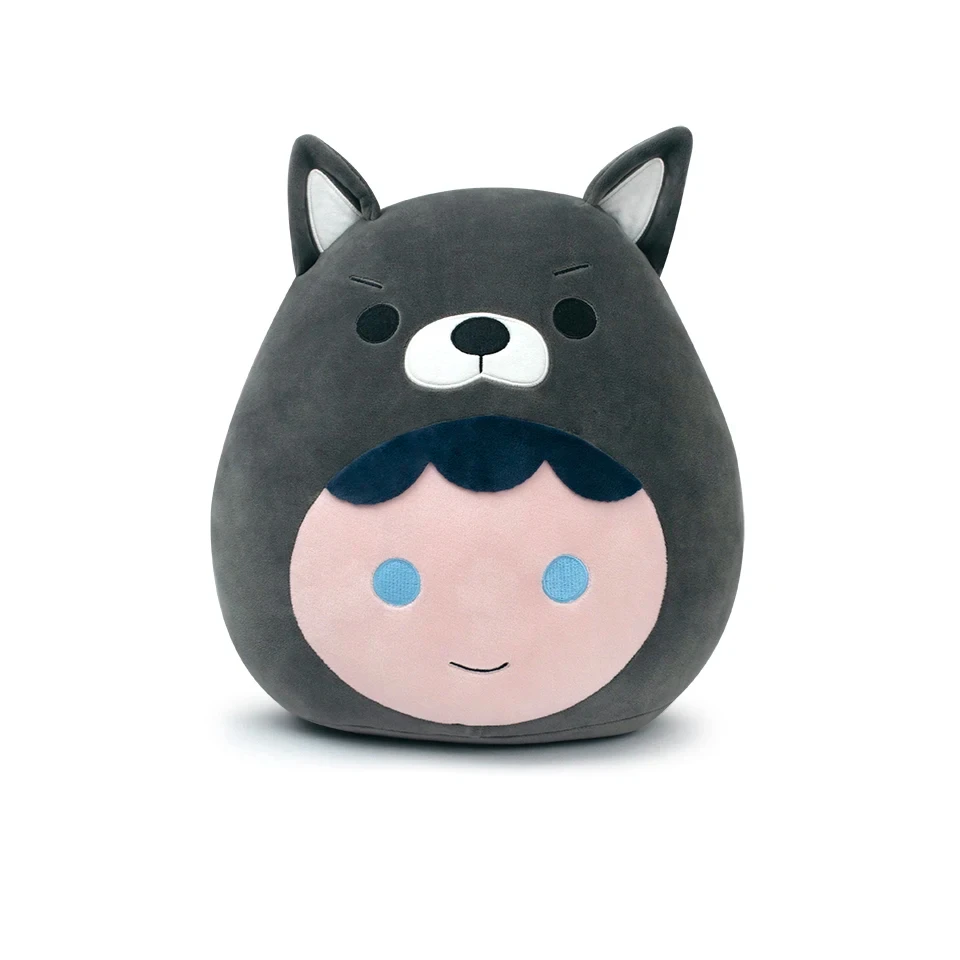

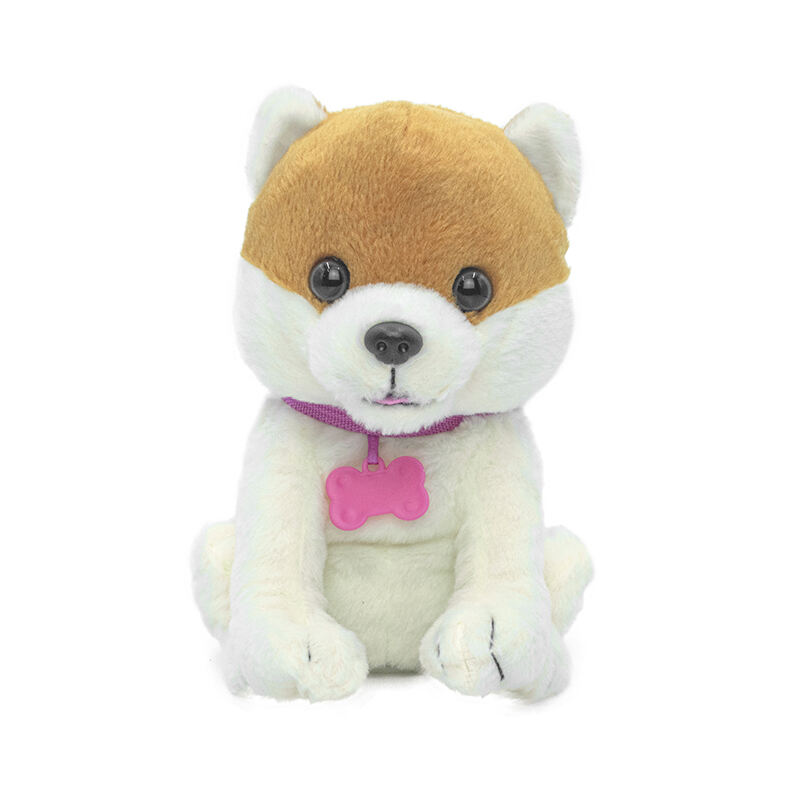
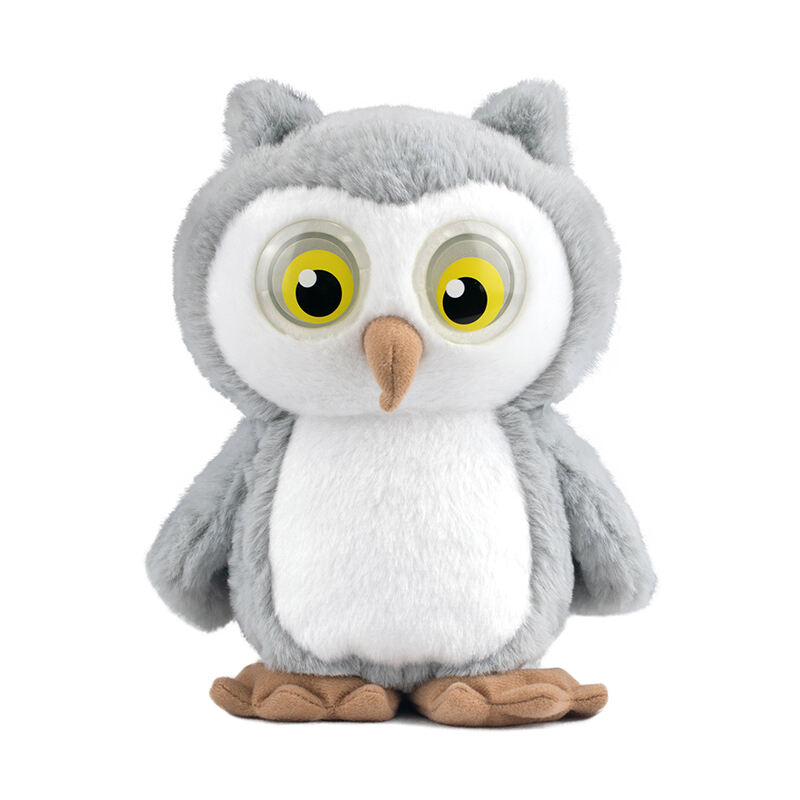
 Hot News
Hot News